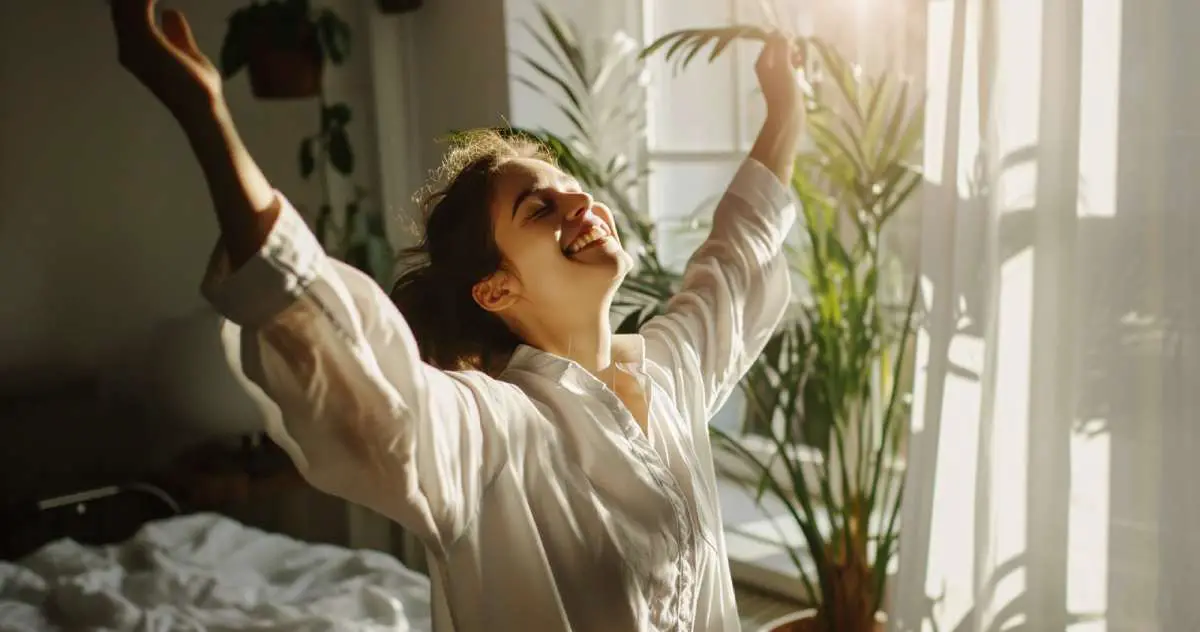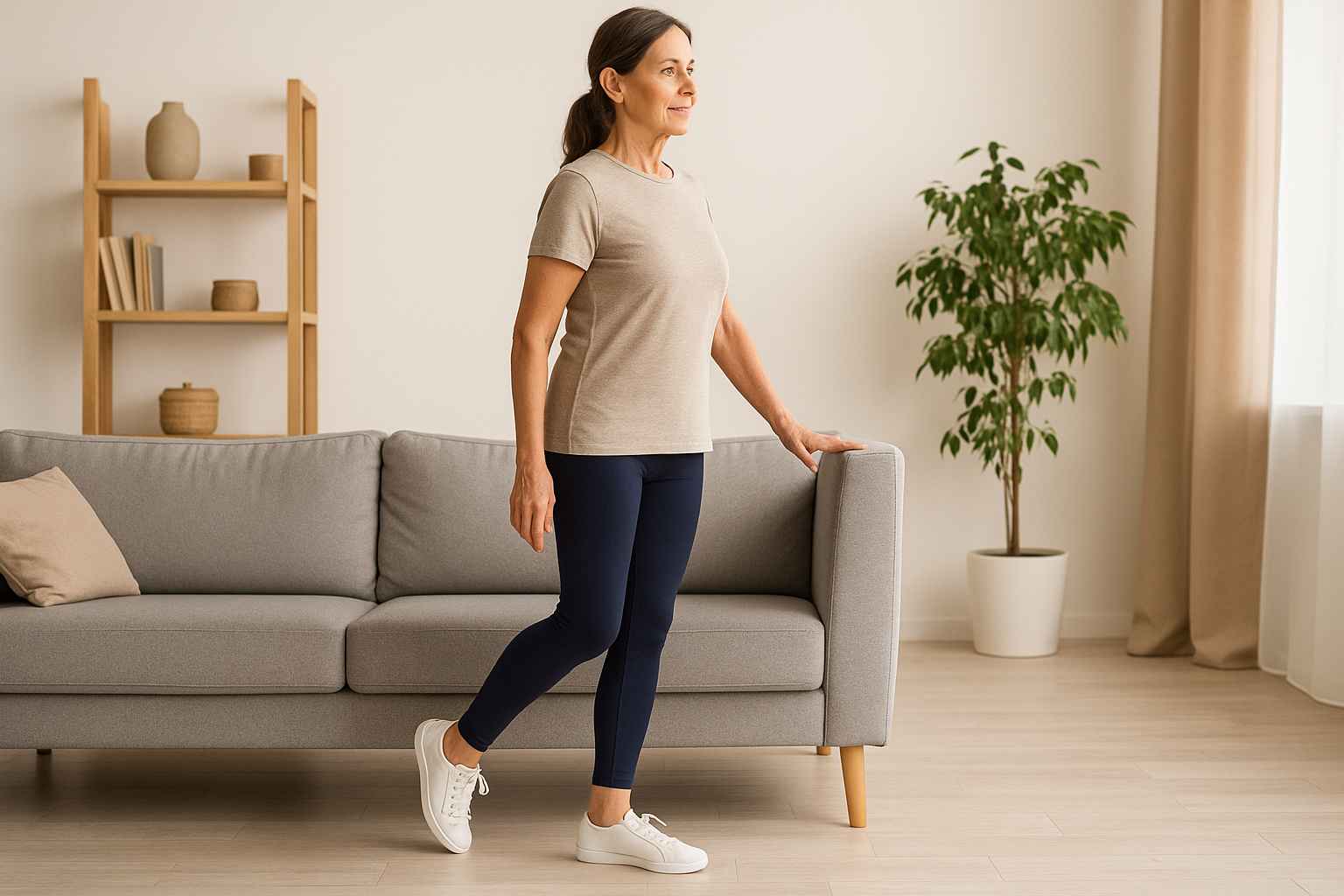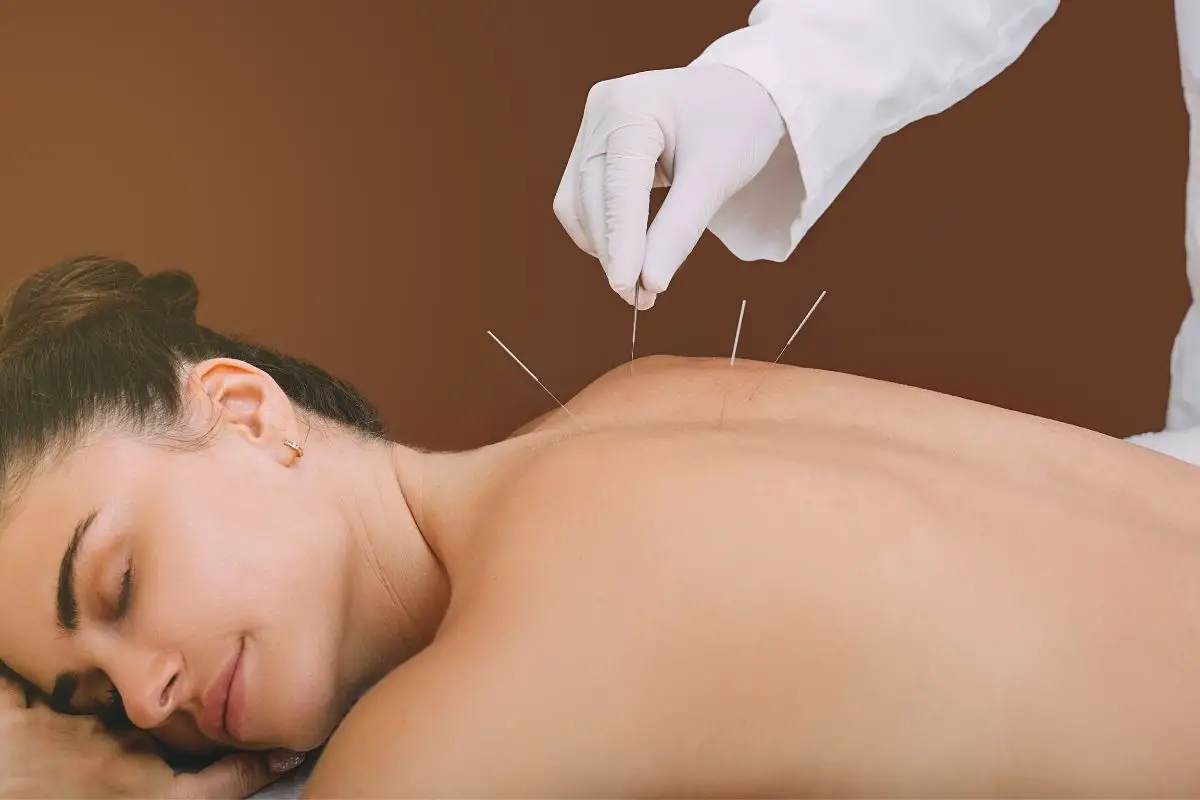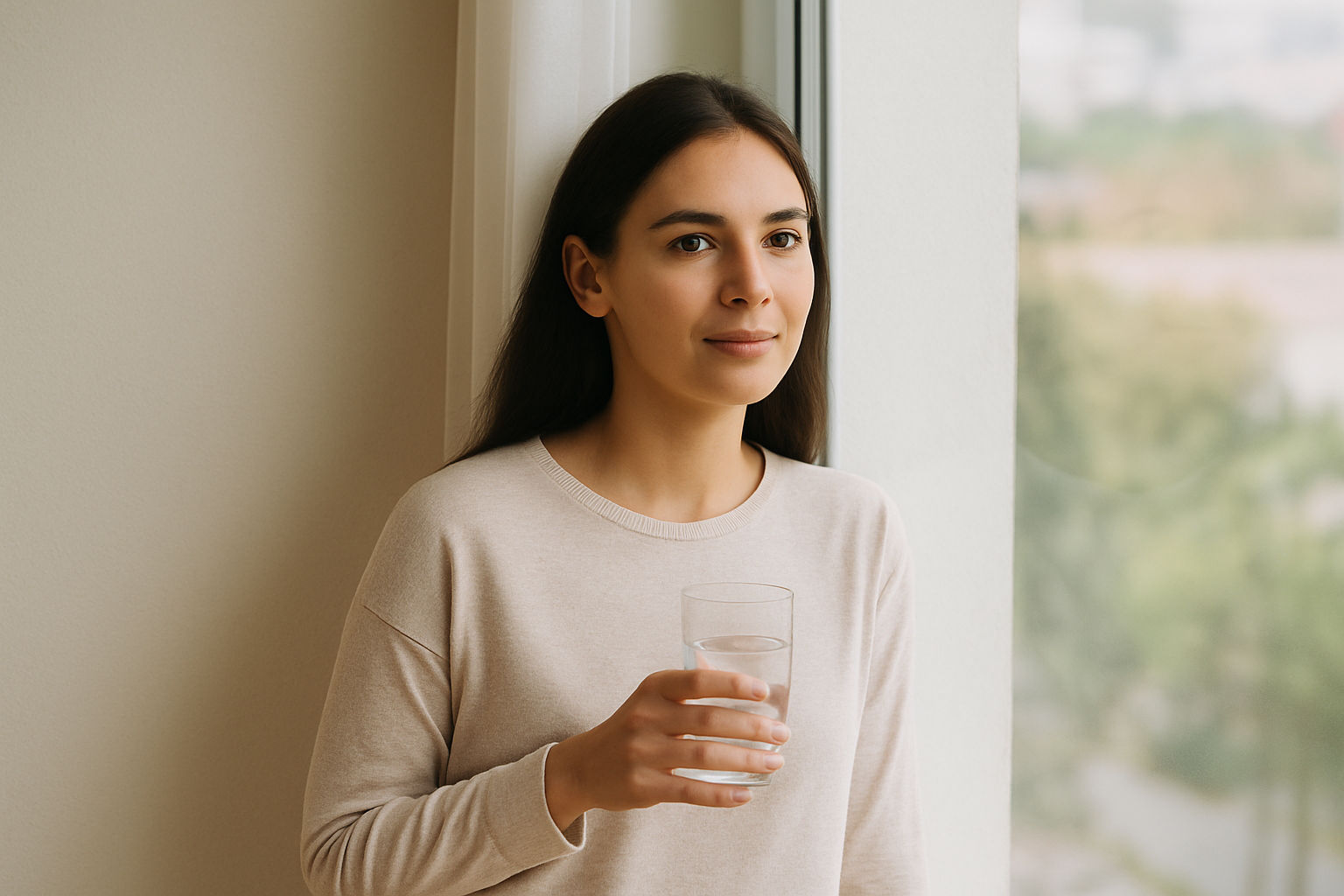Unlocking Deep Sleep: Acupressure Points for a Restful Night
Are you struggling to get a good night’s sleep? Discover the transformative power of acupressure with expert guidance from Ms. Mai Sogawa, a TCM Therapist from Japan. Acupressure, a cornerstone of Traditional Chinese Medicine (TCM), offers a natural way to improve sleep quality without medication. In this article, we’ll explore specific acupressure points known to promote deep sleep, helping you achieve the rest you need.
Understanding Acupressure and Its Benefits
Acupressure involves applying pressure to specific points on the body to stimulate natural healing processes. It is similar to acupuncture but uses fingers instead of needles, making it a non-invasive technique suitable for home practice. The key benefits of acupressure for sleep include:
- Reducing stress and anxiety
- Balancing energy flow
- Enhancing relaxation
- Alleviating insomnia
The Importance of Deep Sleep
Deep sleep, also known as slow-wave sleep, is a crucial stage of the sleep cycle. It is during this phase that the body undergoes significant restorative processes. Here’s why deep sleep is so important:
- Physical Restoration: Deep sleep is when the body repairs tissues, builds muscle, and strengthens the immune system.
- Mental Health: It plays a critical role in processing emotions and solidifying memories, contributing to better cognitive function and emotional stability.
- Hormone Regulation: Deep sleep helps regulate the release of growth hormone and controls the stress hormone cortisol, maintaining overall hormonal balance.
- Energy Restoration: It restores energy levels, ensuring you wake up feeling refreshed and ready for the day.
- Immune System Support: During deep sleep, the body produces cytokines, which are essential for combating infections and inflammation.
Insufficient deep sleep can lead to various health issues, including weakened immunity, impaired cognitive function, and increased stress levels. Hence, achieving adequate deep sleep is vital for overall health and well-being.
Key Acupressure Points for Deep Sleep
Here are the top acupressure points recommended by Ms. Mai Sogawa to help you achieve deep, restful sleep:
GV-20
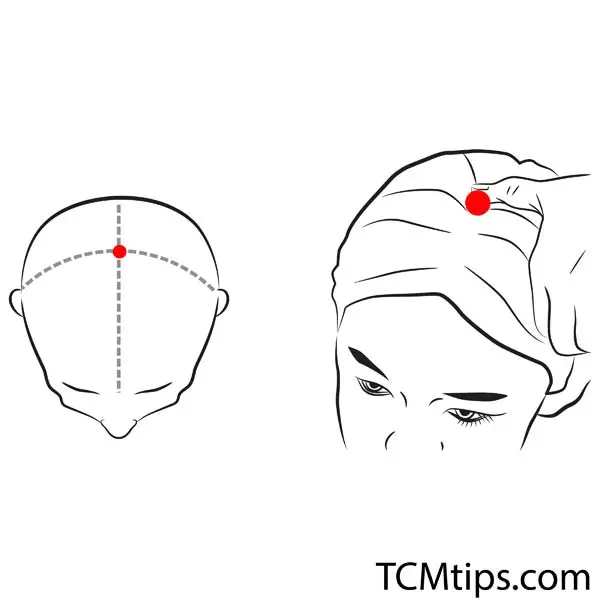
Located at the top of the head, GV-20 is known as the “Hundred Meetings” point. This point helps to calm the mind and ease stress, making it easier to fall asleep. It is believed that improving the overall flow of Qi and blood leads to recovery, so GV-20 is highly recommended.
- Location: On the midline of the head, approximately 7 cun (body inches) above the posterior hairline.
- Technique: Use your fingertips to gently press and massage this point for 1-2 minutes.
PC-8
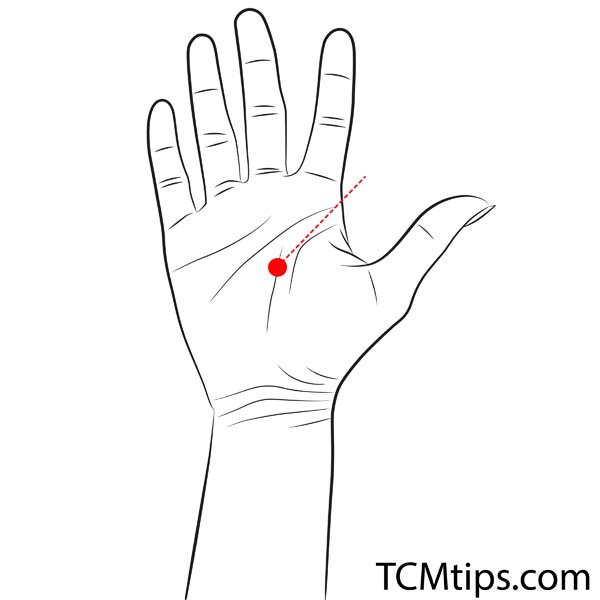
PC-8 is a powerful point in the palm that can help soothe anxiety and calm the mind, crucial for inducing sleep. It is expected to regulate the autonomic nervous system and improve fatigue.
- Location: In the center of the palm, between the second and third metacarpal bones.
- Technique: Press and massage this point with your thumb for about 1-2 minutes on each hand.
KI-1
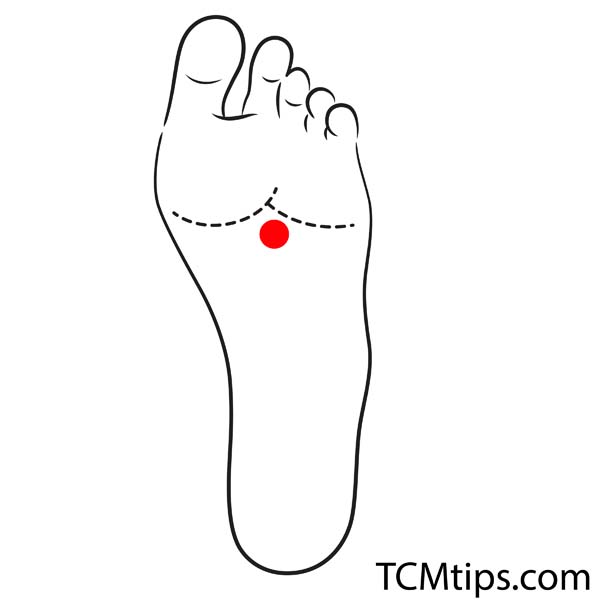
Known as the “Gushing Spring,” KI-1 is the first point on the Kidney meridian. It grounds energy and calms the spirit, which is beneficial for restful sleep. Improving the overall flow of Qi and blood is key to recovery, making KI-1 essential.
- Location: On the sole of the foot, in the depression formed when the foot is plantar flexed, approximately one-third the distance between the base of the second toe and the heel.
- Technique: Apply firm pressure and massage for 1-2 minutes on each foot.
BL-23

BL-23, or the Kidney Shu point, is located on the lower back. This point strengthens the kidneys and supports overall energy balance, promoting better sleep. BL-23 is recommended as it is thought that the kidneys are the source of vitality and are essential for producing Jing (essence).
- Location: 1.5 cun lateral to the lower border of the spinous process of the second lumbar vertebra.
- Technique: Use your thumbs to apply pressure and massage in a circular motion for 1-2 minutes.
How to Incorporate Acupressure into Your Routine
To maximize the benefits of acupressure for deep sleep, consider these tips:
- Consistency: Perform acupressure daily, preferably before bedtime, to establish a routine.
- Relaxation: Combine acupressure with other relaxation techniques such as deep breathing, meditation, or a warm bath.
- Comfort: Ensure you are in a comfortable and quiet environment to enhance the calming effects.
Additional Tips for Improving Sleep
While acupressure can significantly improve sleep quality, consider these additional strategies for a holistic approach:
- Sleep Hygiene: Maintain a regular sleep schedule, create a restful sleeping environment, and limit exposure to screens before bedtime.
- Diet: Avoid heavy meals, caffeine, and alcohol close to bedtime. Opt for sleep-friendly foods like chamomile tea, almonds, and bananas.
- Physical Activity: Engage in regular exercise, but avoid vigorous activities close to bedtime.
Conclusion
Incorporating acupressure into your nightly routine can be a game-changer for improving sleep quality. By targeting specific points such as GV-20, PC-8, KI-1, and BL-23, you can promote relaxation, reduce stress, and achieve the deep, restful sleep you deserve. For more insights and personalized advice, consult with experienced practitioners like Ms. Mai Sogawa.

Try our Anti-Aging Gua Sha Tool designed to bring out your skin’s natural glow.
Best Gua Sha Product- Anti-Aging: The tool is designed to target 11 specific aging signs such as wrinkles and sagging skin. By following the 7-step routine, users can improve skin firmness and reduce fine lines naturally.
- Enhances Skincare Routine: It works effectively with serums and lotions, boosting absorption and efficacy of skincare products.
- Visible Skin Improvement: Users can expect a smoother complexion, reduced puffiness, and a more youthful appearance.
 P. Sze
P. Sze 